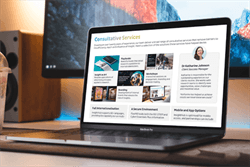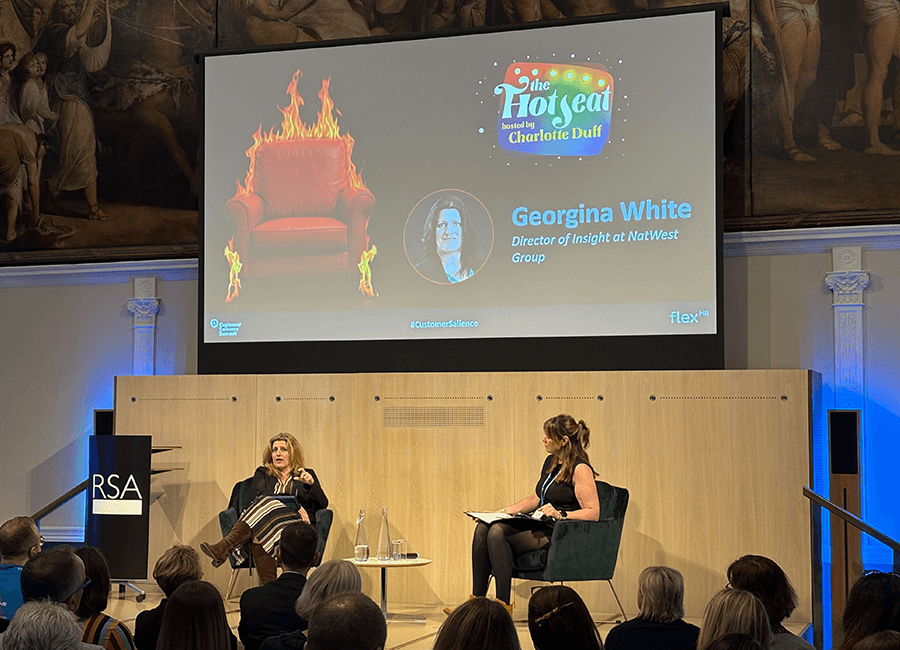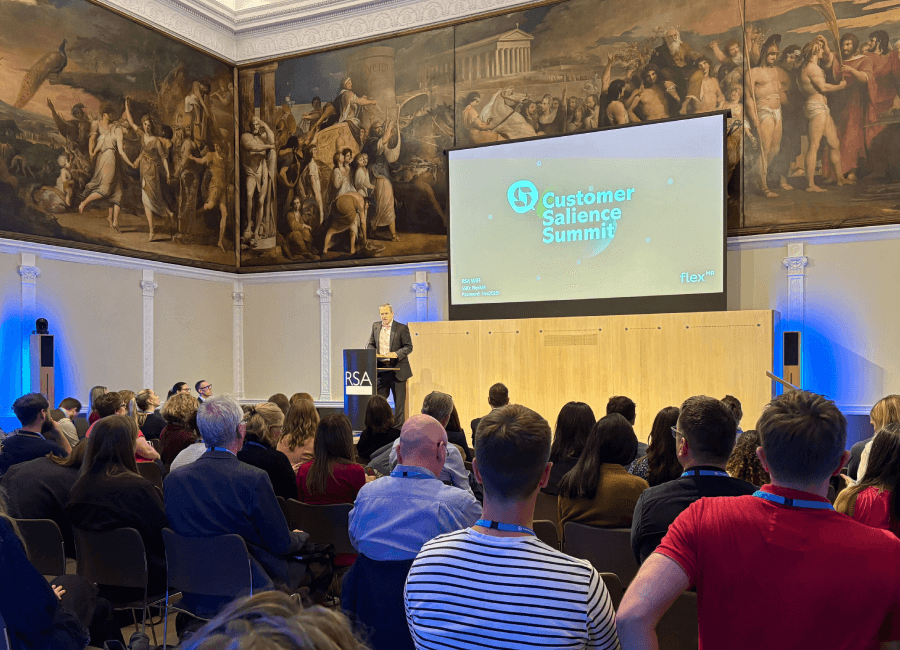Challenging anything in a business that isn’t perceived as broken is a tricky task that requires a light touch and convincing proposal. To challenge a significant process or foundational culture is something that requires mammoth effort, persuasive expertise and enough backing or incontestable insights that gives you authority enough to pitch it to the senior decision-makers in a company.
Knowing this, the steps to creating a culture of Customer Salience might seem like a task too large, even with the benefits it would undoubtedly bring. But you won’t be starting from a blank page, not with the Customer Salience Toolkit, strategic guide and following advice.
Challenges to Creating a Culture of Customer Salience
Confronting Your Obstacles Head On
The infographic above should hopefully give you a good starting point to at least put together a solid business case for Customer Salience. However, the challenges you face will be dictated by the business you are in, the stakeholders who make the decisions, and the historical use of insights throughout the organisation.
There will be much to dismantle before Customer Salience can be embedded in its culture, and more challenges than we realise will crop up along the way. Challenges such as:
Mending the Disconnect between Stakeholders and Customers
The time, resources and energy needed to achieve this goal will pose a lot of obstacles with market research and insight experts already facing a depleting amount of these. In terms of time and resources, fitting any efforts towards connecting stakeholders to customers around already existing research schedules will be tricky and result in an increased workload for insight professionals and advocates. The time needed to be present in stakeholder conversations with the right customer insights and research opportunities alone will take up more time than anticipated, and even then you won’t be able to catch all conversations happening. You’ll need more advocates than there are stakeholders to capture every one, which isn’t realistic at all. However, working from the top down might be a better solution if you’re working with very limited insight personnel.
There will undoubtedly be budget constraints, technology hindrances and more staffing limitations to account for in these plans, but there will also be more specific challenges more unique to each individual organisation across areas such as perceived research value and the amount and quality of stakeholder engagement to factor into the mix as well.
| Tweet This | |
| There will be much to dismantle before Customer Salience can be embedded in any business' culture, and more challenges than anticipated will crop up along the way. |
Pushing Collaboration for Competitive Advantage
Understanding the current level of stakeholder engagement in market research and the value that they place on customer insights is crucial if we are to have any chance of increasing the amount of collaboration and insight-driven decision-making across the board. This won’t be quite as simple as it sounds, but conducting an audit, such as the one templated in the Customer Salience Toolkit, is the first step to understanding just how much of a challenge this will be in your journey to closing the customer gap.
Persuading stakeholders to your cause is one of the more poignant challenges that insight professionals have been struggling with for decades, but through these struggles we have found some great tricks to push forward the cause. Phrasing the business cases in regards to improving competitive advantage, clarifying market orientation and building sustainable, future-proof business strategies are the main causes that grab stakeholder attention, but there are more ways to make sure your stakeholders pay more attention to market research and customer insights.
Leveraging Existing Organisational Infrastructure
These infrastructures will not be built for Customer Salience in mind, and so repurposing these channels as insight distribution and customer connection channels will feel a little unnatural to both insight teams and stakeholders; however, they will be second to none when starting to lay down some Customer Salience tracks.
Whether it’s technological, process- or policy-based, changing everything that isn’t conducive to bringing about a culture of Customer Salience isn’t feasible; but using the tools you have at your disposal, understanding the pitfalls of the current infrastructure and then slowly introducing impactful new processes, policies and technological channels will ensure that any budget directed towards this is spent well and will work as intended.





